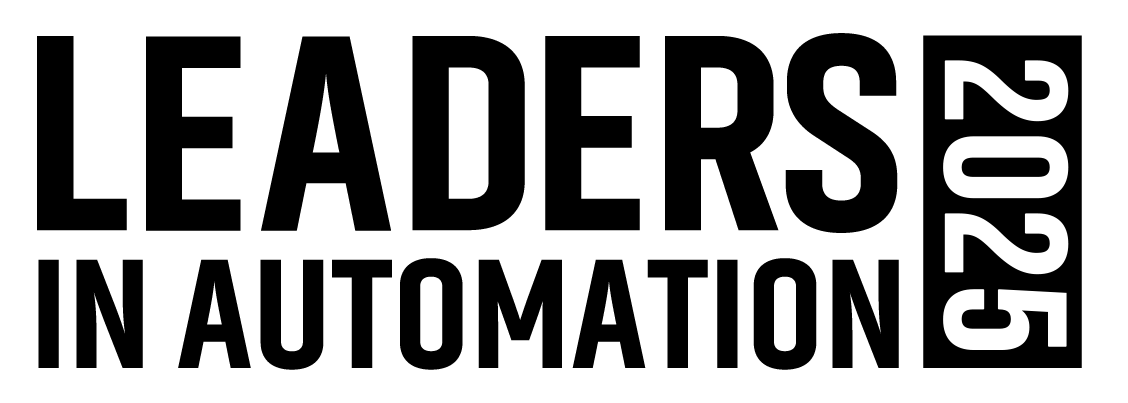Building Smarter Maintenance Operations in the Processing Industries
- Move from manual to automated data collection using continuous condition monitoring tools to ensure consistent, reliable asset data that drives actionable insights.
- Use asset performance management software to predict equipment failures before they occur, allowing proactive maintenance scheduling and root cause elimination.
- Predictive maintenance tech provides insights to rethink long-term equipment plans, eliminate redundant work and reduce overall maintenance costs while extending asset lifespans.
Traditional maintenance strategies do not lead to the lean, efficient practices necessary to compete in today’s industrial environment. Instead, the most successful plants and enterprises are not only capturing massive amounts of data, they’re also turning that data into actionable information and guidance using digital technologies.
This is leading more companies to move toward a digitalized, AI-driven future, where lean teams leverage advanced technology to drive reliability, safety and availability. That journey can be a challenge, but the reliability maturity model for predictive maintenance can help them make the move. This model provides a framework to help organizations assess and improve their reliability capabilities by outlining a structured path for enhancing system reliability through various maturity levels.
The model consists of five levels, each focusing on specific goals and strategies:
- Level 1: Get Resilient — establish basic reliability capabilities.
- Level 2: Build Resilience — integrate business insights with technical skills.
- Level 3: Manage Production — address specific challenges in production environments.
- Level 4: Evolve Resilience — adapt architecture to withstand new risks.
- Level 5: Continuous Improvement — focus on ongoing resilience and adaptability.
Teams can feed their data into asset performance management software to get early warnings of when equipment failures will occur, as well as how the failure will occur and what they can do about it.
By building a foundation of data integrity, following it up with awareness and predictability, and then feeding those competencies into optimization engines, plants can build the digitalization foundations that will prepare them to compete effectively.
Creating movable, reliable data
Core sensing and monitoring technologies form the foundation of a strong predictive maintenance program. The organizations having the most success at turning data into action are those that have identified ways to get more consistent, reliable asset data. In most cases, that means moving away from manual data collection to an automated system.
Reliability teams cannot create actionable information without data, and tracking and trending data requires consistent collection in a standardized manner. Modern continuous condition monitoring tools not only ensure those data come in more frequently, but also that they are collected more consistently — eliminating the variation that comes from different personnel using manual sensing tools.
This approach creates data that can move anywhere across the organization without losing its context, making it more easily consumable to drive insight from analytics, diagnostics and other AI tools.
This approach creates data that can move anywhere across the organization without losing its context, making it more easily consumable to drive insight from analytics, diagnostics and even AI tools.
Also, once a team has consistent, reliable data integrity, they can focus on using those data to drive awareness. Because the reliability team’s data has context, they can apply basic understanding to drive better asset health and alerting. The team can use the data they have collected to pursue simple key performance indicators (KPI), identifying whether asset health is good or bad, and begin to trend some of that information.
Predictability changes maintenance processes
After the reliability team dials in their basic KPIs, the next step is predicting when issues are going to occur. Teams can feed their data into asset performance management software to get early warnings of when equipment failures will occur, as well as how the failure will occur and what they can do about it. The most advanced versions of those tools are part of collaborative workflow integration software that increases visibility to drive safety, availability and reliability across the enterprise.
If reliability personnel can see trouble coming, they can plan for those issues and be prepared, scheduling repairs proactively and ensuring they are properly equipped. Doing so not only prevents breakdowns, which reduces the overall cost of maintenance, but also helps teams better identify recurring problems and eliminate their root causes.
When a team can start predicting flaws and failures in assets, they can begin to optimize operations. Often this means rethinking 5-, 10- and 20-year plans for equipment, eliminating redundant work, as well as some of the activities teams perform on schedule, whether needed or not. In the most advanced cases, teams can even use predictive maintenance optimization to change how they operate to drive better lifespans from equipment and reduce overall maintenance costs.
Erik Lindhjem serves as vice president and general manager of Emerson’s Reliability Solutions business.
More maintenance insights from Automation World:
About the Author

Leaders relevant to this article:


